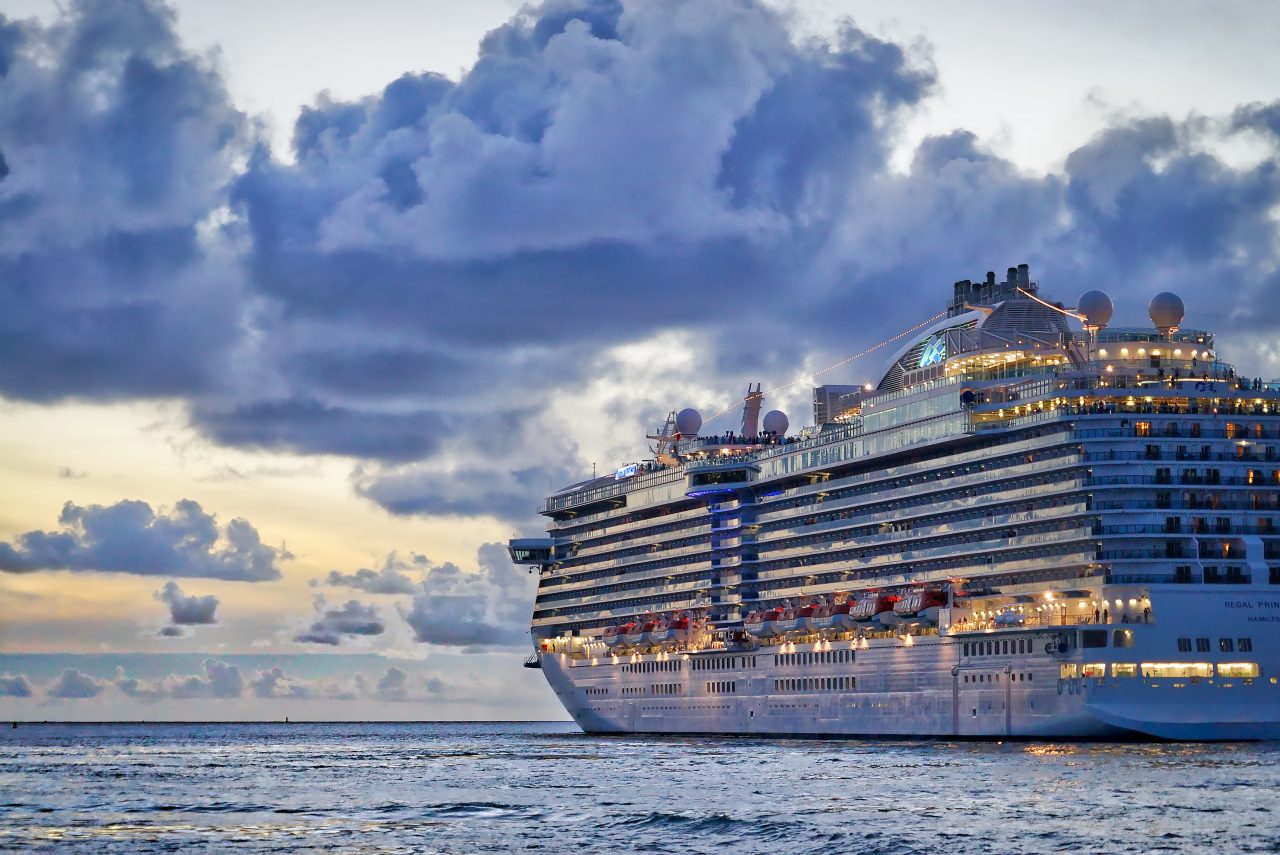A cruise vacation is a great way to see the world. Cruising can bring you to beautiful destinations around the world, and allow you to experience exciting, exotic places in comfort and style. However, there are one or two things that some people can find challenging about life at sea, particularly on their first time aboard. The most tricky one is seasickness.
For some people, the boat’s movement and the feeling of being off dry land can be disorienting and can cause seasickness and anxiety. But it doesn’t have to be a problem! There are a few tips and tricks that can help you avoid getting seasick on a cruise, and that can ensure your experience is perfect throughout.
What causes seasickness?
Seasickness is motion sickness caused by the difference in what your eyes see, and your inner ear feels. On a ship, your inner ear will feel motion, while your eyes will see stillness (more or less), which can cause nausea, dizziness, and fatigue.
How long does it last?
The good news is seasickness tends to be short-lived. After a short while, passengers become accustomed to the boat’s movement and rhythm (called ‘getting your sea legs), and the symptoms of the lack of equilibrium between eyes and inner ear subside. This usually takes a day or two at most, unless the weather is particularly rough.

How can you prevent it?
Still, even for a day or two, seasickness can be unpleasant. However, these tips and tricks will help you manage the symptoms until your body adjusts to life at sea.
Anti-nausea pills
The most basic suggestion, and probably the easiest, for many people anti-nausea pills are a life-saver. Motion sickness medicine helps you acclimatize more quickly, and plenty of cruises will give them out for free at the guest service counters.
Choose the right cabin
Not all cabins on a cruise ship are equal. If you know you suffer from seasickness, choose a cabin on the outside of the ship, with windows and even a balcony. More air and more light will help enormously with motion sickness. Lower berths, nearer to the center of gravity of the ship, are a good choice too, as you won’t feel the roll of the vessel quite as much.
Relief bands
These simple devices slip onto your wrist like a watch and use pressure points to help with seasickness. The electronic ones might be a bit pricy, but they are FDA-approved!
Eat right
Call guest services and complain about feeling sick, and they will likely send you apples, ginger beer, and salty snacks! Old cruise hands swear by these foods, and they are definitely worth a try.
Watch the horizon
One of the best things to do on a cruise is get up on deck and watch the world drift by…and luckily enough, this is also one of the best ways to avoid seasickness! By keeping your eyes focused on the horizon, you can ‘remind’ your brain that the ship is moving, and help with the confusion between your eyes and your inner ear.









No Comments